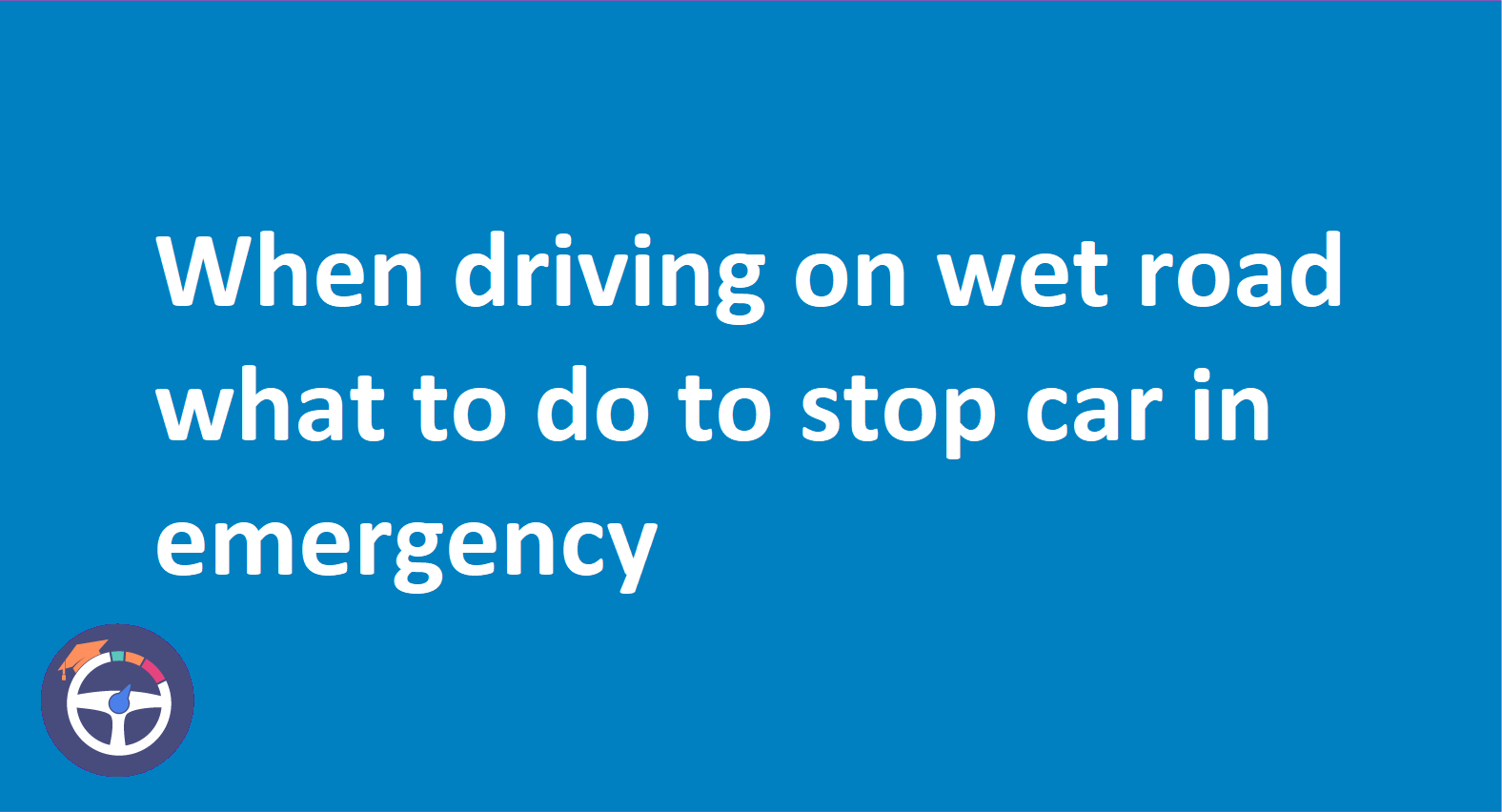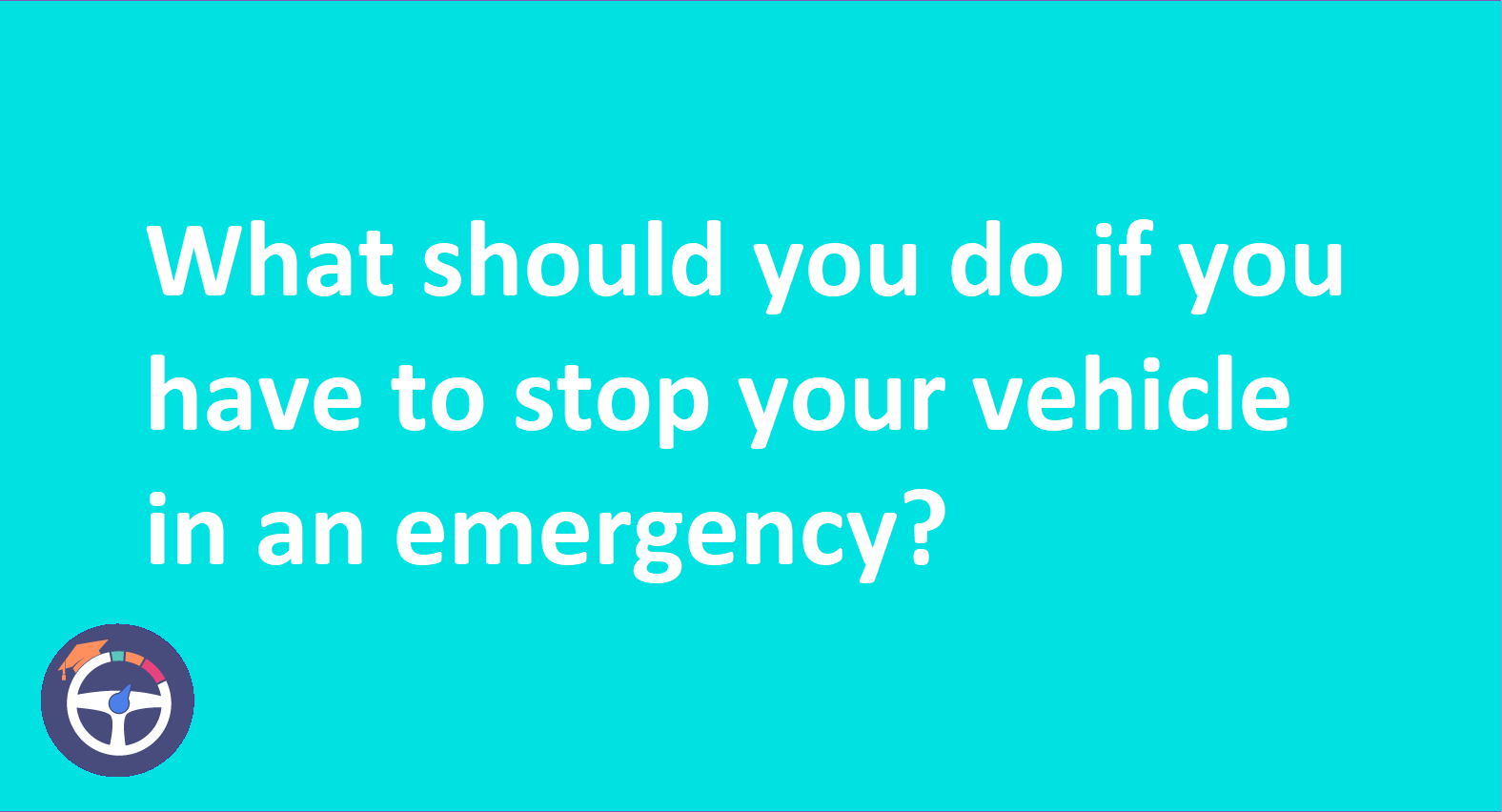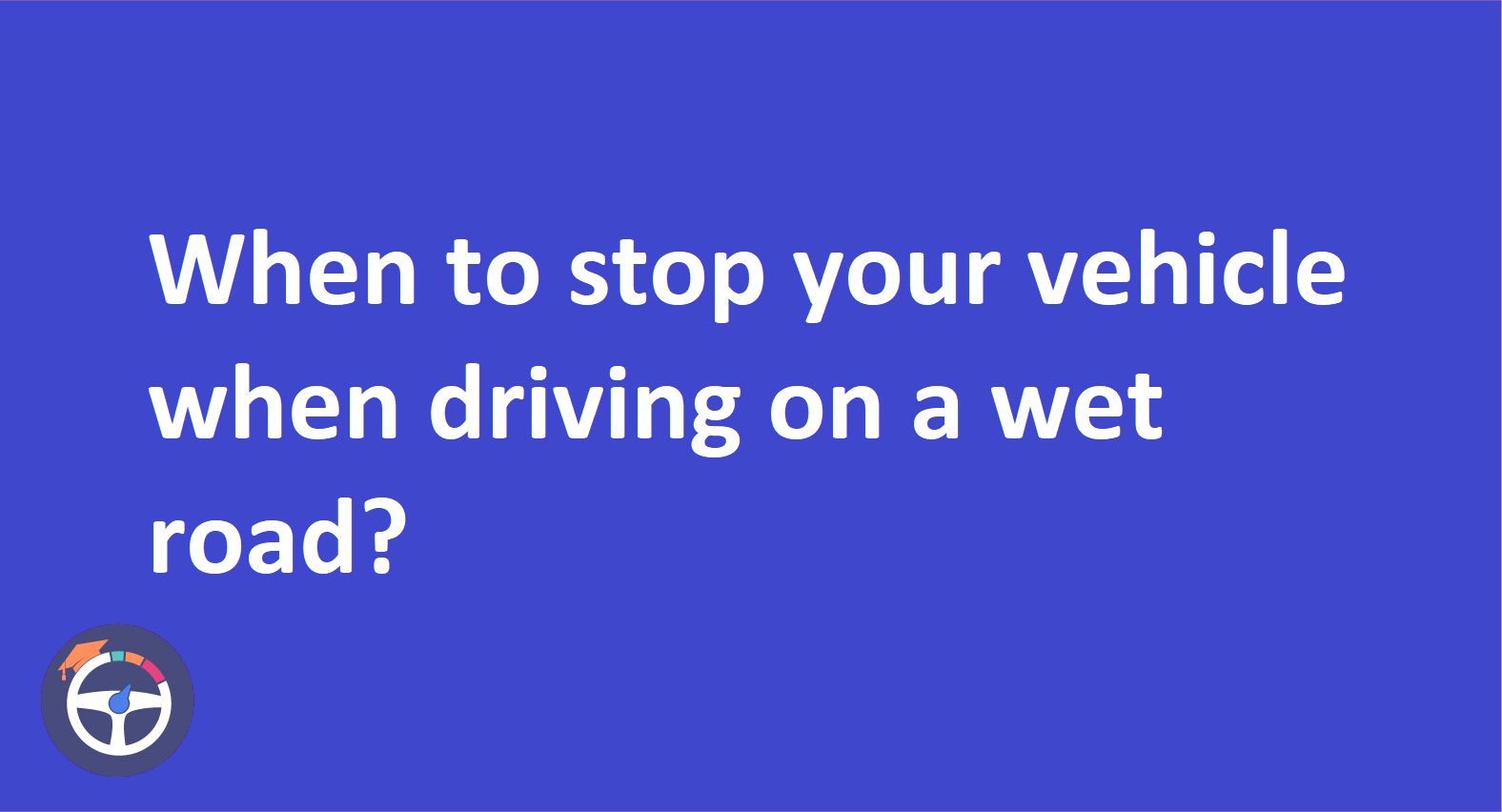You Are Behind This Cyclist. When The Traffic Lights Change, What Should You Do?
Be patient and let the cyclist go first. Some junctions have designated areas at the front of the traffic lane where cyclists can wait for the lights to change, allowing them to start moving ahead of other vehicles.

Contents
- You Are Behind This Cyclist. When The Traffic Lights Change, What Should You Do?
- Recognizing the Weakness of the Cyclist:
- The Reasons Why Being Patient Is Not Just a Virtue.
- Green Light Green Warning:
- Going Beyond the Fundamentals:
- That’s A Wrap!
- FAQ
- Should I follow a cyclist who doesn’t wait for the green light and starts riding sooner?
- Who has the right of way in this situation where I’m turning right on red and a cyclist is approaching the intersection from the other side?
- A biker waits to turn straight as I make a left turn. Shall I turn after they’ve passed?
- Can I signal a cyclist to move at a traffic light with my horn?
- What happens if I turn at a traffic light and unintentionally run over a cyclist?
It can be more difficult to drive when you come across cyclists at traffic lights. Even though the green light might indicate that it’s your turn to go. It’s important to keep in mind that sharing the road necessitates accountability and consideration for other users. In order to create a cooperative and happy driving environment this guide outlines the essential ideas and best practices for safely and effectively navigating intersections with cyclists.
Recognizing the Weakness of the Cyclist:
Picture yourself riding a bike in the great outdoors surrounded by an abundance of metal. Bicyclists are vulnerable road users because that is their reality. Your choices while operating a vehicle have an immediate effect on their safety.
The Reasons Why Being Patient Is Not Just a Virtue.
Patience is an investment in safety rather than a waiting game. Here’s how to do it:
Acceleration Difference: Bicycles accelerate much more slowly than cars do. By allowing them time to accelerate smoothly cyclists can avoid risky moves and abrupt stops.
Traffic Flow: Everyone gains from smooth intersections. By being patient with cyclists all drivers can avoid traffic jams and frustration.
Constructing a Roadside Community: Courtesy promotes safe and courteous driving behavior by strengthening the bond between motorists and cyclists.
Green Light Green Warning:
The cyclist remains in place even after the light turns green. So what now?
Keep a Safe Distance: Fight the impulse to nudge forward. To create a buffer zone and prevent any unexpected scares, stay at least 3 feet (1 meter) behind the cyclist.
Accept the Pause: Keep in mind that they may be traveling uphill carrying cargo or stopping completely. Allow them to set their own pace without putting any pressure on them.
Become a Hand Signal Detective: By keeping an eye out for hand signals that symbolize the left right or straight turns that they intend to make. In order to give them enough room, adjust your position.
Proceed Cautiously: You can move forward cautiously as soon as they are safely clear of the intersection. In the intersection itself never attempt to pass them.
Remember that sharing the road is a duty as well as a right. You support an encouraging and responsible driving culture by putting safety and courtesy first. It’s important to become a considerate responsible driver who respects other road users in addition to passing the theory test.
Going Beyond the Fundamentals:
Know Your Local Laws: Become acquainted with the hand signals and right-of-way policies that are unique to your riding community. Power comes from knowledge!
Be Aware of Your Blind Spots: Before changing lanes, making a turn, or combining with traffic, pay close attention to your blind spots and your mirrors. Remember that cyclists can vanish in an instant so stay alert.
Reduced Visibility: Cyclists are less noticeable at dawn and dusk. Even if you don’t see them right away, use your headlights and exercise extra caution as you should always anticipate their presence.
Dooring Danger: Pay close attention to your blind spot and mirrors before opening your car door. By taking this easy step you can avoid dooring which is a potentially hazardous situation in which a cyclist runs into an open door.
Remember: It takes two to triad to share the road with cyclists. We can make things safer and more pleasurable for everyone if we abide by these rules and promote a shared sense of responsibility. Let’s all drive carefully and politely to create a good driving environment because small things add up to a big difference on the road!
That’s A Wrap!
Remember the next time you see a cyclist at a traffic light: patience is essential! Give them the room and time they require and you’ll be well on your way to developing into a thoughtful accountable driver who shares the road with cyclists in a safe and courteous manner.
FAQ
1. Should I follow a cyclist who doesn’t wait for the green light and starts riding sooner?
Never follow a car that is breaking the law regardless of whether it is a cyclist running a red light. This is prohibited and risky in the event that something goes wrong you might be held accountable. As soon as the light turns green, wait patiently and move forward securely.
2. Who has the right of way in this situation where I’m turning right on red and a cyclist is approaching the intersection from the other side?
When turning right on a green light the cyclist usually has the right-of-way. When making a right on a red light you should always yield to oncoming traffic, especially bicycles. Before moving forward make sure the intersection is clear by looking both ways.
3. A biker waits to turn straight as I make a left turn. Shall I turn after they’ve passed?
Indeed it is preferable to wait for the cyclist to pass before making a left turn particularly if they are already at the intersection. This keeps them apart and guarantees that they have enough room.
4. Can I signal a cyclist to move at a traffic light with my horn?
It’s generally considered impolite and aggressive to honk your horn at a bicyclist. Additionally, it might startle them and result in an accident. If it's not absolutely necessary like to alert them to an impending danger don't use your horn.
5. What happens if I turn at a traffic light and unintentionally run over a cyclist?
Remain composed and come to a quick stop. Inspect the rider and if required contact emergency services. Keep working with the authorities and don’t leave the scene. Never forget that making sure everyone is safe is your top priority.


